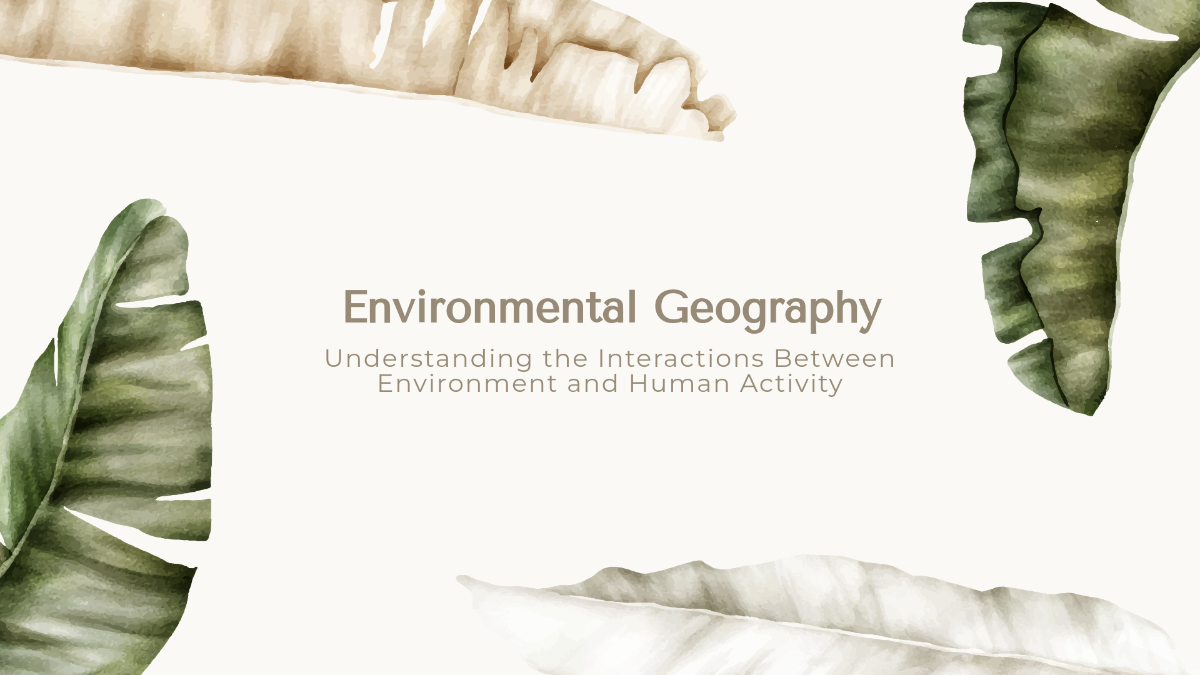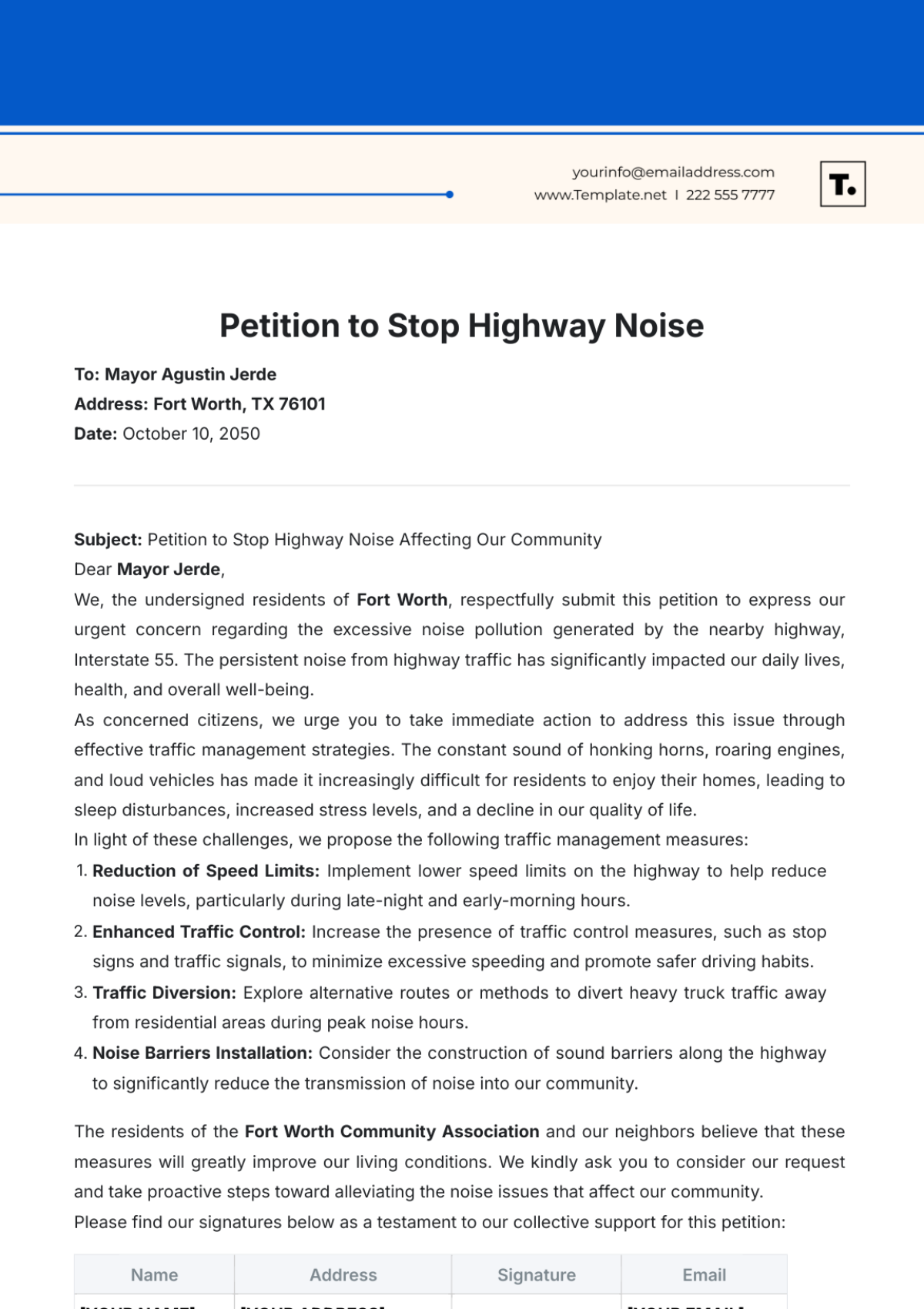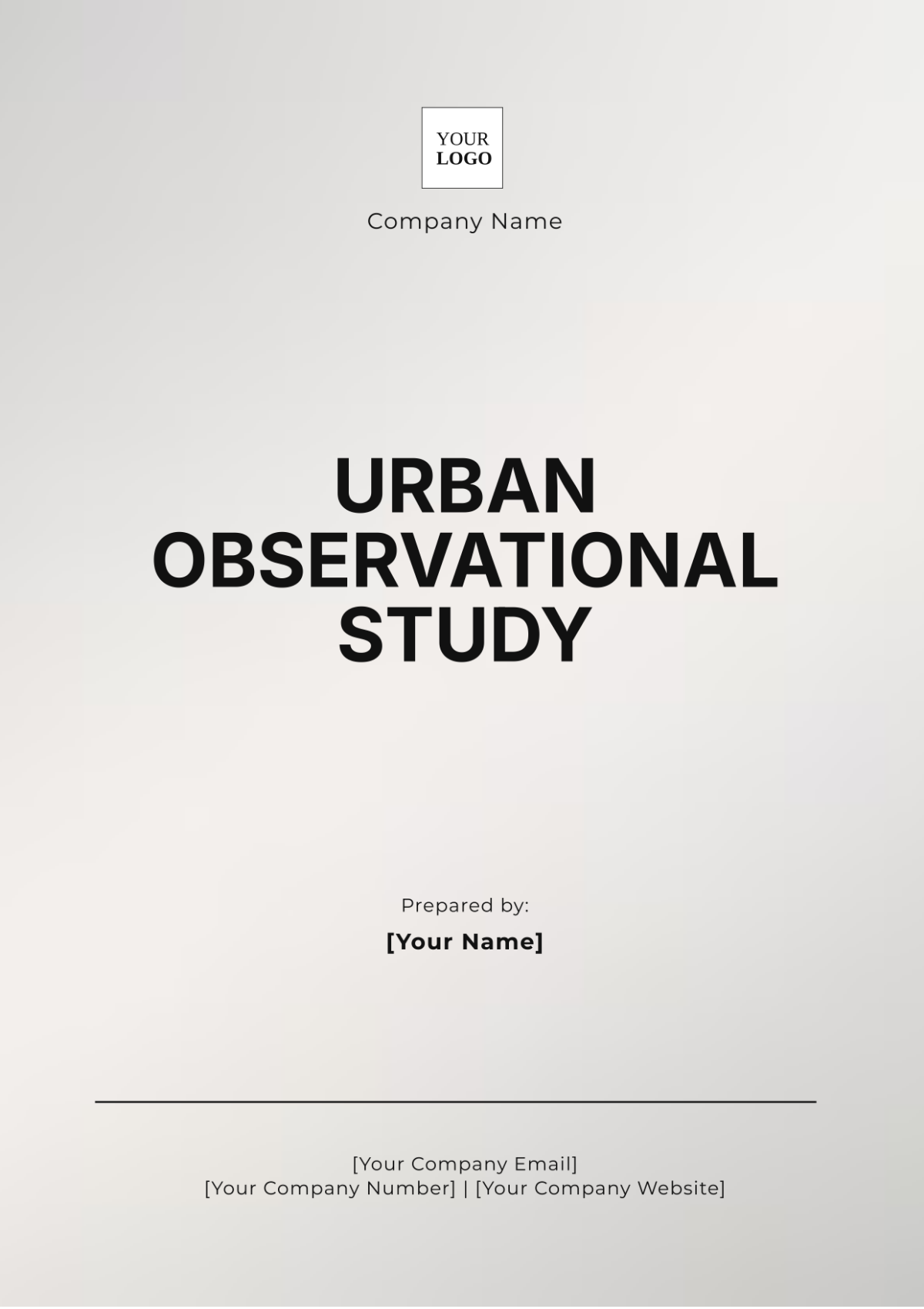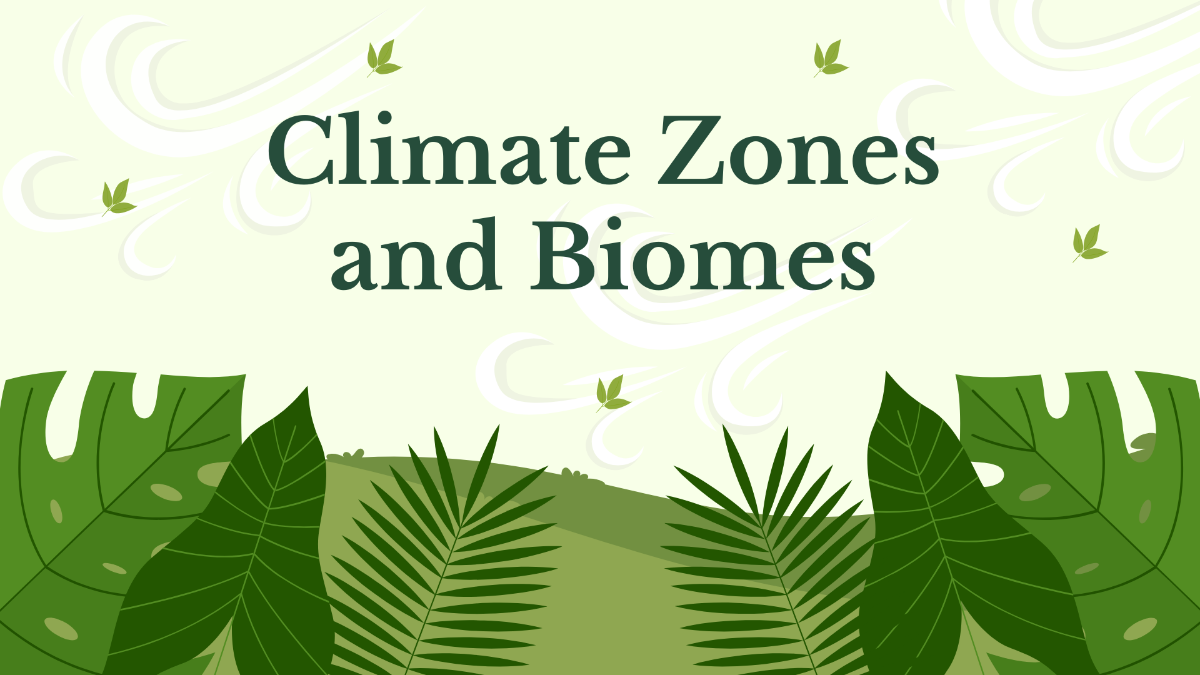Urban Observational Study
Title: Comprehensive Urban Observational Study of Pedestrian Behavior in Downtown City Center
Date: [Date]
1. Introduction
Background: As urban centers continue to evolve, understanding pedestrian behavior becomes increasingly critical for urban planning and infrastructure development. This study aims to offer a detailed analysis of pedestrian dynamics in the downtown city center, focusing on movement patterns, interaction with urban elements, and the impact of existing infrastructure. The findings will provide actionable insights to improve pedestrian safety and enhance the urban experience.
Research Objectives:
Analyze pedestrian movement patterns across key intersections and urban spaces.
Identify key factors influencing pedestrian flow and behavior, including environmental and infrastructural elements.
Assess the impact of current infrastructure on pedestrian safety, comfort, and satisfaction.
2. Literature Review
Overview: Previous research underscores the importance of urban design in shaping pedestrian experiences. Key studies have explored factors such as street layout, intersection design, and the role of public spaces in influencing pedestrian behavior. This study builds on these insights by examining recent changes in the downtown city center, which has seen significant infrastructure developments and urbanization.
Key Studies:
Smith, J. (2050). "Pedestrian Flow Patterns in Urban Environments." Urban Studies Journal. This study provides a comprehensive analysis of pedestrian movement, highlighting how design elements affect flow and safety.
Brown, L. (2050). "The Impact of Public Space Design on Pedestrian Behavior." Journal of Urban Planning. This research explores the influence of public spaces on pedestrian interactions and overall satisfaction.
3. Methodology
Observation Sites:
Site Selection: Five strategically important intersections were selected for their high pedestrian traffic and varied infrastructure characteristics:
Main Street & Elm Avenue: Major retail area with high foot traffic.
Central Plaza: Public square with extensive seating and green space.
Market Square: Intersection near a popular public transport hub.
Riverfront Walkway: Scenic area with pedestrian pathways.
Civic Center: Government buildings and cultural venues.
Data Collection:
Observation Schedule: Data collection occurred from June 1, 2050, to June 14, 2050, during peak (12 PM - 2 PM) and off-peak hours (8 AM - 10 AM, 5 PM - 7 PM). Observations were made on weekdays and weekends to capture a full range of pedestrian behaviors.
Data Points: The following data were recorded:
Pedestrian Counts: Number of pedestrians passing through each intersection.
Movement Patterns: Common routes taken and movement bottlenecks.
Interactions with Infrastructure: Use of crosswalks, seating, and signage.
Safety Observations: Instances of near-misses or accidents.
Sampling and Analysis:
Quantitative Data: Pedestrian counts and movement patterns were analyzed using statistical methods to identify peak times, traffic flow patterns, and congestion points.
Qualitative Data: Observational notes were analyzed to assess interactions with infrastructure and identify areas of concern related to safety and comfort.
4. Results
Pedestrian Flow Patterns:
Time | Peak Traffic (Pedestrians/hour) | Off-Peak Traffic (Pedestrians/hour) |
|---|---|---|
12 PM - 2 PM | 800 | 300 |
5 PM - 7 PM | 700 | 250 |
8 AM - 10 AM | 500 | 150 |
Infrastructure Impact:
Location | Issue Identified | Observation | Impact on Pedestrians |
|---|---|---|---|
Main Street & Elm Avenue | Poor crosswalk design | Frequent congestion; risky crossings | Increased safety hazards and delays |
Central Plaza | Inadequate signage | High satisfaction; well-utilized spaces | Enhanced pedestrian experience |
Market Square | Lack of seating and green spaces | Low satisfaction; minimal dwell time | Decreased comfort and engagement |
Riverfront Walkway | Excellent path design | Smooth flow; high pedestrian volume | Positive impact on safety and enjoyment |
Civic Center | Mixed signage and seating | Variable satisfaction; moderate flow | Mixed impact on comfort and navigation |
5. Discussion
Interpretation of Findings
Traffic Patterns: The data reveal peak pedestrian traffic during lunchtime and early evening, which aligns with typical work and shopping patterns. The highest density was observed at intersections with major retail and transport hubs.
Infrastructure Impact: Poorly designed crosswalks and insufficient signage were major contributors to congestion and safety issues. In contrast, well-designed public spaces, such as Central Plaza, positively influenced pedestrian satisfaction and encouraged longer dwell times.
Implications for Urban Planning
Infrastructure Improvements: Immediate redesign of crosswalks at high-traffic intersections is recommended to enhance safety and reduce congestion. Improved signage should be implemented to guide pedestrian flow more effectively.
Public Space Enhancements: Expanding seating and green spaces in areas like Market Square can improve comfort and engagement. Continued investment in well-maintained public spaces is essential for sustaining positive pedestrian experiences.
6. Conclusion
Summary: The study offers a detailed analysis of pedestrian behavior in the downtown city center, identifying critical areas for improvement. By addressing infrastructure deficiencies and enhancing public spaces, urban planners can create a safer and more enjoyable environment for pedestrians.
Recommendations:
Redesign Crosswalks: Implement new designs to improve safety and flow at congested intersections.
Enhance Signage: Upgrade signage to better direct and inform pedestrians.
Expand Public Seating: Increase and maintain seating and green spaces to improve pedestrian comfort and satisfaction.
7. References
Smith, J. (2050). "Pedestrian Flow Patterns in Urban Environments." Urban Studies Journal.
Brown, L. (2050). "The Impact of Public Space Design on Pedestrian Behavior." Journal of Urban Planning.
8. Appendices
Appendix A: Detailed raw data of pedestrian counts, including spreadsheets and statistical analyses.
Appendix B: Maps and diagrams of observation sites, highlighting congestion points and infrastructure features.
Appendix C: Sample observation forms, coding sheets, and a detailed description of the methodology used in data collection.

















































